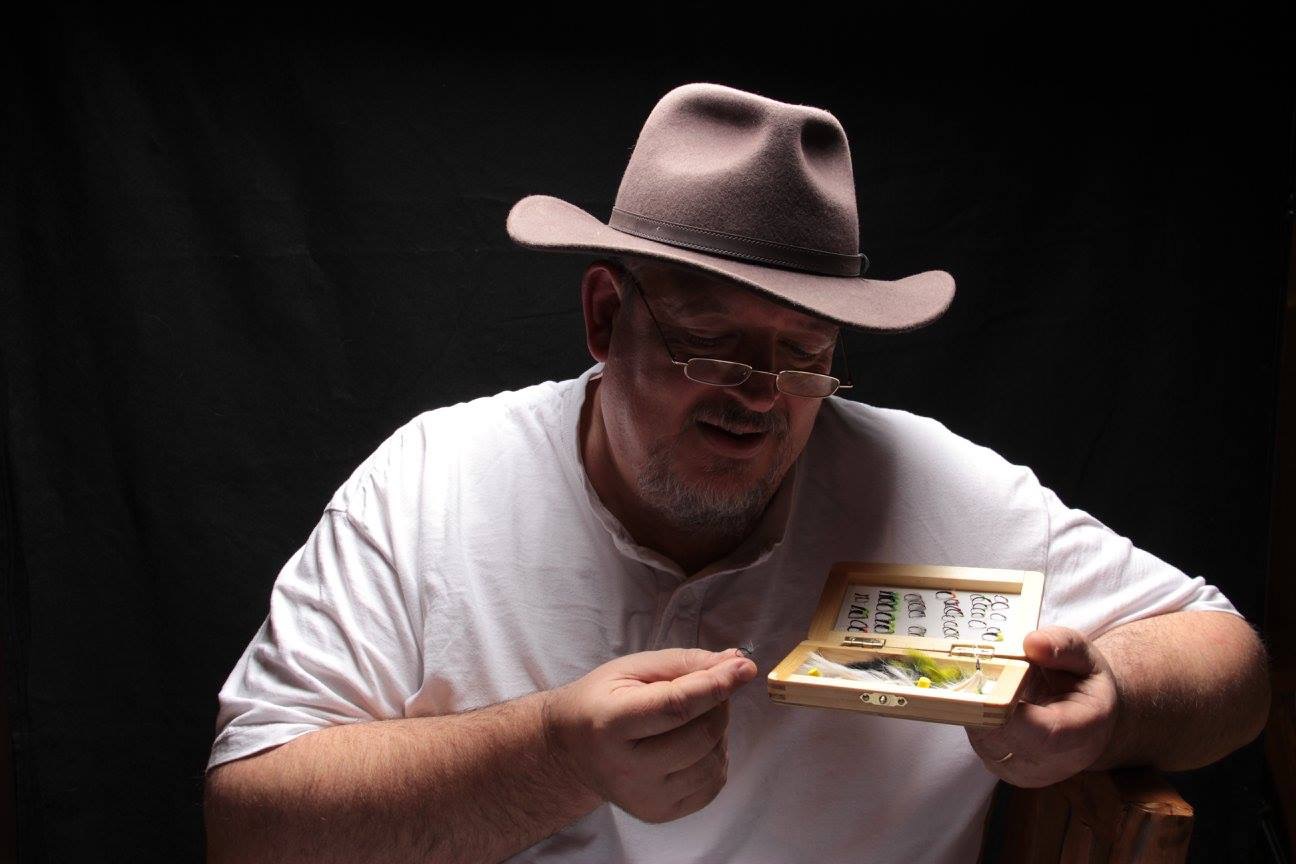CDC feathers or wild mallard cdc feathers are amongst natures most beautiful, especially for the river fisherman. However there are a great number of missunderstandings about these feathers. To understand more about CDC feathers we should understand more about the duck that they come from!
A special gland called the uropygial gland (or the preen gland) is one key physical trait that helps to keep ducks on top of the water. This preen gland, located at the base of their tail, produces an oil that the ducks spread over their bodies to make their feathers water-repellent. Since duck feathers resist getting saturated with water, the birds weigh less than they would if their feathers absorbed that water. Indeed it has been thought by some that without their uropygial gland to render them waterproof, ducks would drown!
In addition to their waterproofing abilities, duck feathers possess another quality that helps them to float: They trap air in their feathers. The ducks' feathers are tightly interlocked with a system of barbs that hold air in. It is the equivalent of the "water wings" kids wear on their arms in the pool to help them swim? Ducks practically have those built into their feathers. If they need to dive underwater for a quick snack, they just squeeze the air out by pressing in their feathers. They trap the air again soon after resurfacing and shaking off.
So for a fly fisherman we need to understand that with CDC feathers it is their structure and oil that help the feather remain afloat and keep our flies above water. The structure of the cdc feather traps air, while the oil prevents the feather from absorbing water. Oil floats on water. Without the oil, the feathers certainly will remain afloat, but the natural oil will help.
CDC Feather Structure
The photographs below show the true structure of the CDC feather and why is is just so good for fly fishing. Typically a fly fisherman does not appreciate the superb quality of these feathers, it is only when you tie flies that you realise just how good these feathers are.
The plumes that sprout from the rachis (quill) have microscopic hairs on them, and those hairs have smaller hairs on them! This range of 'hairs' or barbules creates a superb surface area which traps air and keeps our fly afloat.

CDC Feathers - An Essential Fly Tying Material

1. A CDC Feather

2. CDC Feather Close Up To See Structure

3. CDC Feathers at High Magnification
Photo 1 shows the main feather quill with the plumes hanging from them, as fishermen and fly tyers these are the materials we see easily, it is only when we zoom in more closely we understand the cdc feather better. At high resolution on photo's 2 and 3 we can see the very small, delicate barbs or barbules. It is between these barbules that air becomes trapped and a really large surface area of barbules enable flotation of our fishing fly!
CDC feathers can be categorised by type of feather:
Type 1: This feather resembles a partridge body feather. The feather has a rounded tip and a fairly short, tapered stem with barbs set at approximately 60 degrees from the stem.
Type 2: This feather has a thin stem with the barbs running mostly parallel to it, ending in a square, brushlike tip. These feathers are good for wings, including wingposts and loop wings in patterns.
Type 3: This one is called the nipple plume and is sometimes referred to as oilier puff. This short feather lacks a discernible stem but looks similar to a Type 2 feather. This feather is ideal for tails, trailing shucks, and emerging wings.
Type 4: This feather has a long stem with relatively short barbs. Typically Veniard and Petitjean CDC type bulk packages mostly hold Type 4 feathers.
CDC Oils and Floatants
Commercially obtained cdc feathers are almost always washed and dried and often dyed. We need to be careful with our selection of CDC feathers as dying can render CDC feathers useless, removing the key structural barbules in the dying process that helps keep the feathers afloat!
CDC feathers can be treated with cdc oil including Veniards CDC Oil and Petitjean CDC oil which will help restore the natural oils from the bird. Take care with some flotants, if they are too greasy then they will 'bind' the microscopic barbules and feather actually loosing the natural floatability as it is stopping the air gap from forming in the natural feathers.
As for other floatants - it is now well known that you don't use anything other than natural CDC oil on CDC. The others will clog it up. You can buy CDC oil in a bottle to add back to your flies or better still use Frogs Fanny, Desert Dust or one of the true dessicants that will totally dry a CDC feather.
Gathering and Cleaning Natural CDC Feathers
From a natural wild mallard you will collect about 70 to 100 cdc feathers, they typically will provide only 2 or 3 feathers which are 4.5 to 8cm long ideal for salmon and trout and used typically in scandinavia and the majority of cdc feathers are 1 to 4.5cm long.
You can use a mild detergent (liquid dish soap) in a solution with hot water to clean the cdc feathers, dry them gently to avoid damage to the barbules.



